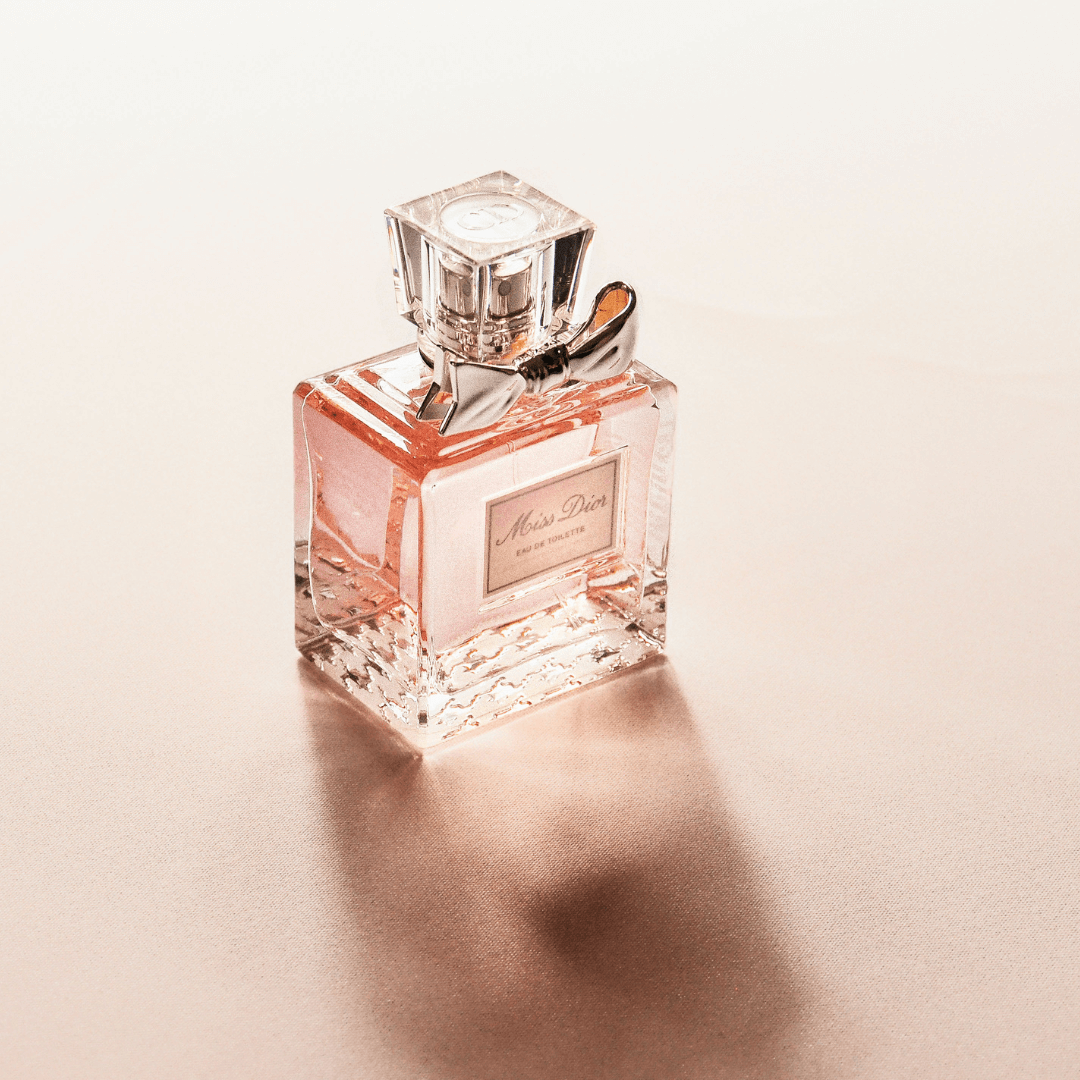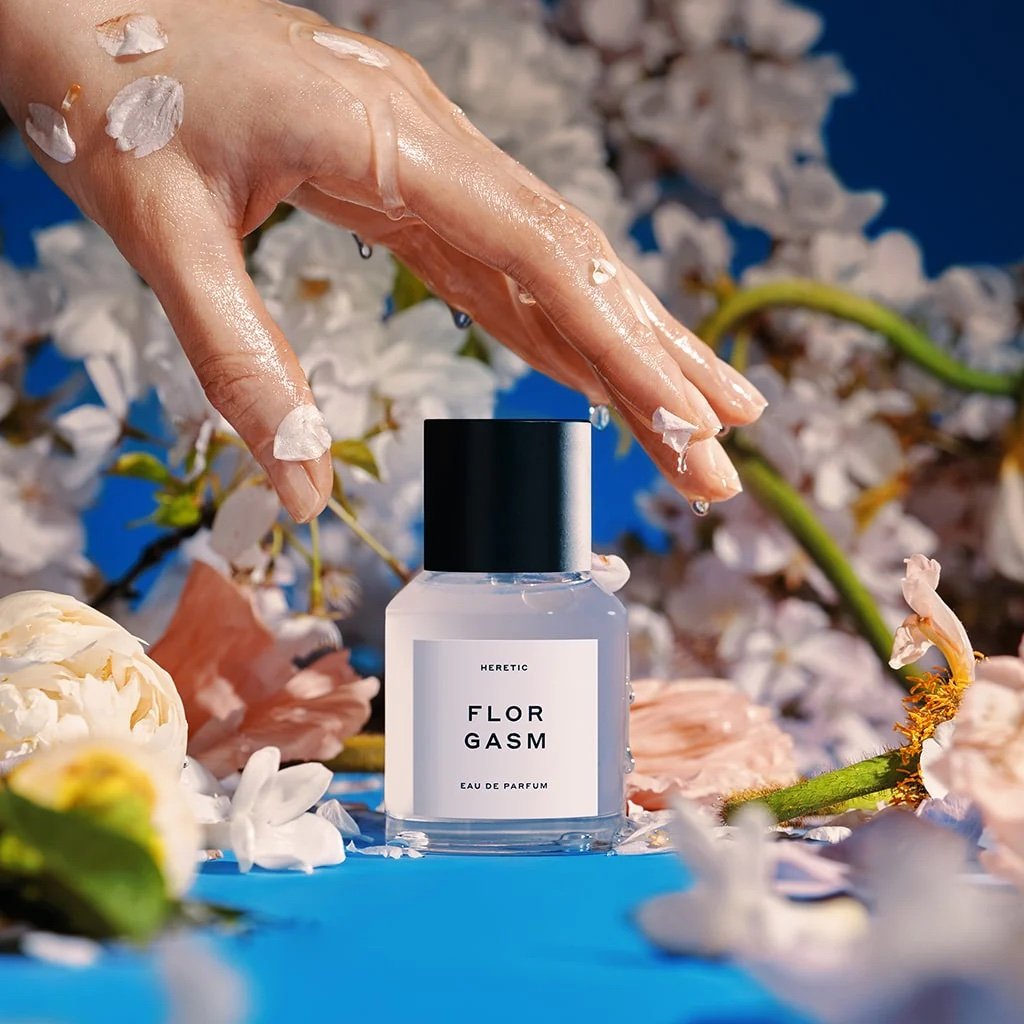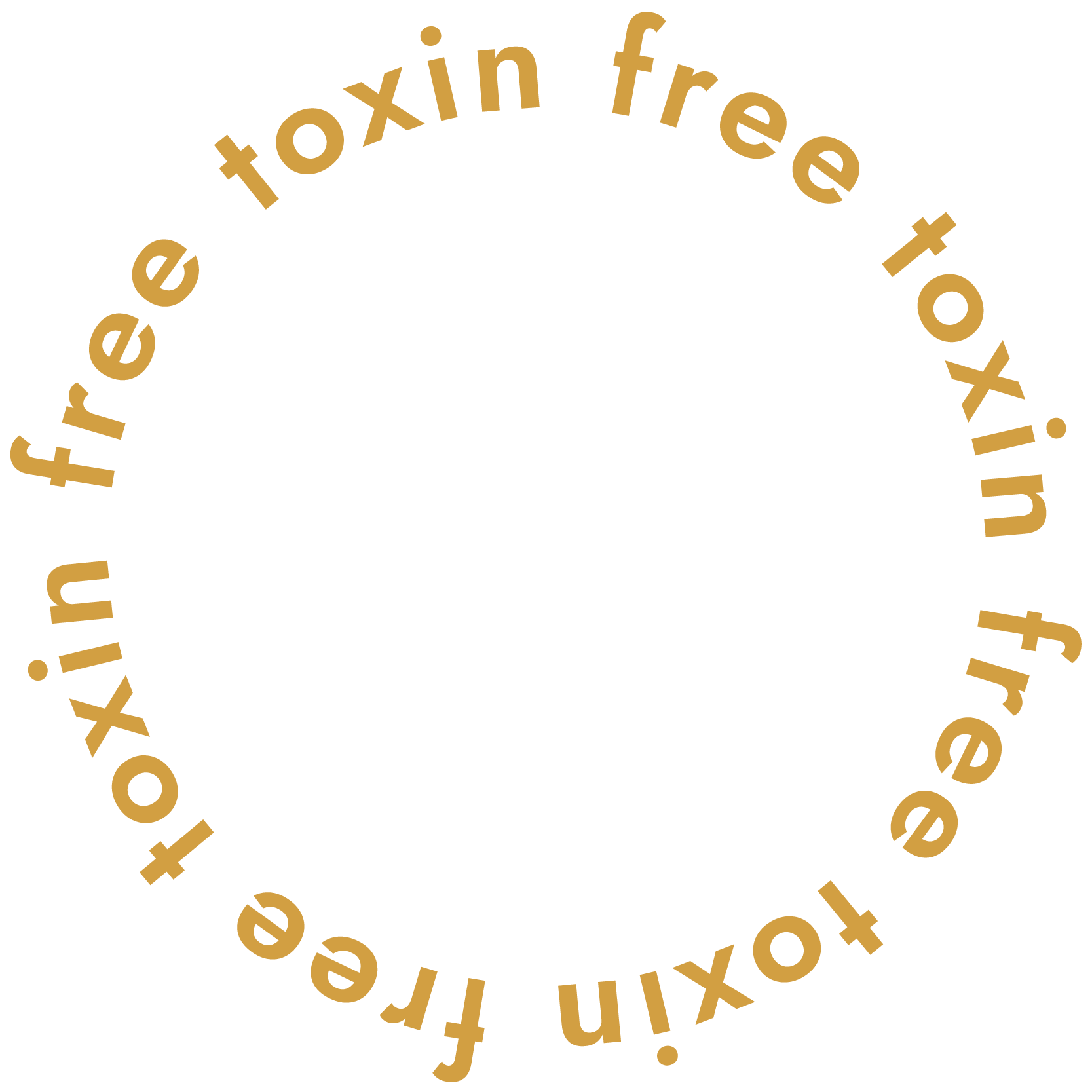Perfumes and fragrances are notorious for being filled with toxic ingredients. Between undisclosed fragrances and known hormone disruptors, there’s so much wrong with traditional perfumes. You’ll find only the cleanest home and personal fragrance here. Non-toxic perfume doesn’t have to be boring and it doesn’t have to be made out of synthetic ingredients.
Let’s chat about detoxing your fragrances and getting products in your home and on your body that won’t cause a myriad of health issues.
Common Ingredients to Avoid in Perfume
Like any product, perfumes can have many toxic ingredients. These are the most common toxic ingredients to avoid in perfumes. This isn’t an exhaustive list, but lists the most common.
- Undisclosed Fragrance: Without transparency, fragrance can contain up to 3,800 different chemicals, and you have no idea which ones.
- Diethyl Phthalate: This ingredient is commonly used to make fragrance “stick” and is a known hormone disruptor and reproductive toxin.
- Butylphenyl Methylpropional (also known as Lilial): It’s banned in Europe as a reproductive toxin but widely used in fragrances in the U.S.
- Synthetic Musk Ketones: These are known hormone disruptors.
- Benzophenone: It increases the risk of cancer.
- Synthetic dyes: They contain heavy metal contamination.
Who regulates fragrance?
The International Fragrance Association (IFRA) is a self-policing body representing perfumes globally. They claim their intended purpose is to ensure the safety of fragrance ingredients, and they publish a list of usage standards limiting or prohibiting the use of certain ingredients.
What’s the problem with that?
They represent perfumers and their interests, first and foremost, and their list of over 3,800 acceptable fragrance ingredients includes many harmful ingredients to your health. When brands tell me they comply with IFRA standards when I’ve reached out about their ingredients, I laugh. That means very little when it comes to safety.
What are safe synthetics?
There isn’t a standard set of rules in the industry or a clear definition of what makes an ingredient a “safe synthetic.” Each brand making perfume makes up its standard for what “safe” means to them.
In my opinion, brands must be fully transparent in their fragrance ingredient list and use safe synthetics that aren’t known:
- To cause any endocrine disruption
- To be carcinogenic
- To be mutagenic
- To bioaccumulate in your tissues or organs
Safe Synthetics vs. Natural Scents
Just because something is synthetic, doesn’t mean it’s toxic. Just because something is naturally derived, doesn’t mean it’s safe.
The benefits of using safe synthetics are that you can get a stronger, more reliable scent (because you aren’t relying on nature) that is sustainable and isn’t destructive to the environment.
The benefits of using natural, botanical ingredients are that:
- Have therapeutic value
- Come straight from nature
- Can improve your mood
- Have light and airy scents that beautifully change with the seasons or crops
- Are well studied for safety
The clear downside to safe synthetics is that we don’t have good science on most of them, and many are derived from petroleum, so we’re relying on data gaps, not actual data.
Check out episode #38 with the founders of ESAS Beauty. They talk about their experience in ‘big fragrance’ and transitioning to botanical fragrance.
Who decides what’s safe?
No one else is deciding for you or banning harmful ingredients, so it’s a personal health decision. I mostly wear essential oil-based perfumes or just essential oil blends. I choose to buy from companies that aren’t just sustainable but are regenerative in their farming practices and sourcing.
I love the therapeutic benefits and the lighter, more gentle scent. Strong scents give me migraines!
Top Non-Toxic Perfume Picks
Let’s get into some of my top picks for safe, non-toxic perfume!
100% Botanical Perfumes
These brands meet all my ingredient standards and have been vetted as 100% plant-based.
- Wyld Notes
- ESAS Beauty (code WENDY20 for 20% off)
- Ginger June Perfume
- Willow Moon Farm (code WENDY10 for 10% off)
- Evanhealy (code WENDY15 for 15% off)
- Heretic Parfum
- Abel Fragrance
- Scentual Aroma
- Bohemian Reves
- Nusa Holistick (code WENDY10 for 10% off)
- The Nue Co.
- One Seed
- Providence Perfume Co.
- Anne Marie Luxury Scents
- 7 Virtues (uses 90% botanicals/10% safe synthetics that are well studied)
View all my recommendations in my Toxin Free Shopping guide.
Totally Obsessed!
These are the products and scents I’m totally obsessed with right now!
- Evanhealy: Neroli Blossom
- Young Living: Pink Champagne
- Abel: Golden Neroli
- Ginger June: Vacation
- Heretic: Florgasm
- Willow Moon Farm: Lavender Spritz
- Rosie Jane: Dulce
- Define Me: Harper
I avoid ALL conventional perfume and body sprays (Bath & Body Works is the worst). The chances that there are endocrine disrupting and reproductive toxins like diethyl phthalate and lilial in them are HIGH. Because “safe synthetics” aren’t regulated, and there is no agreed-upon standard, I reviewed the ingredients of the most popular non-toxic perfume brands and came to my own conclusions.
There are upsides and downsides to all-natural botanical scents and safe synthetics. This post represents my personal opinions on the perfume industry and its ingredients. I hope it was helpful! You can shop for non-toxic perfume and other fragrances on my toxin-free shopping guide (and get some discounts!)
Learn More About Detoxing Your Fragrances
Safe Synthetics in Perfume vs. Natural Scents: Cracking the Fragrance Code, Part 1
Understanding Fragrance Allergens and Reading Labels (Cracking the Fragrance Code Part 2)
The Link Between Fragrance & Infertility: Cracking the Fragrance Code, Part 3
Dive Deeper with Wendy’s Toxin-Free Resources
Ready to dive deeper into your wellness journey? Whether you are at the very beginning or a seasoned toxin-free pro, I have resources that will meet you where you are.
- Join my insider email list to be the first to learn about new healthy living resources, blog posts, exclusive offerings, and discounts.
- Subscribe to the podcast for weekly episodes on living toxin-free.
- In the Toxin-Free Shopping Guide, you can find truly toxin-free products with ingredients you can trust—fully vetted by me and the very same brands that I bring into my home. Check out everything from my skincare, haircare, water filters, protein powders, electrolytes, and so much more!!
- Download this free guide on my top 25 toxins to avoid and how to spot them on labels.
- Get a deep-dive education on how toxins impact your health with Toxin Free in 3. When you become a student, you can access the full course, my private community, discounted 1:1 sessions, and live monthly Q&As with me!



+ show Comments
- Hide Comments